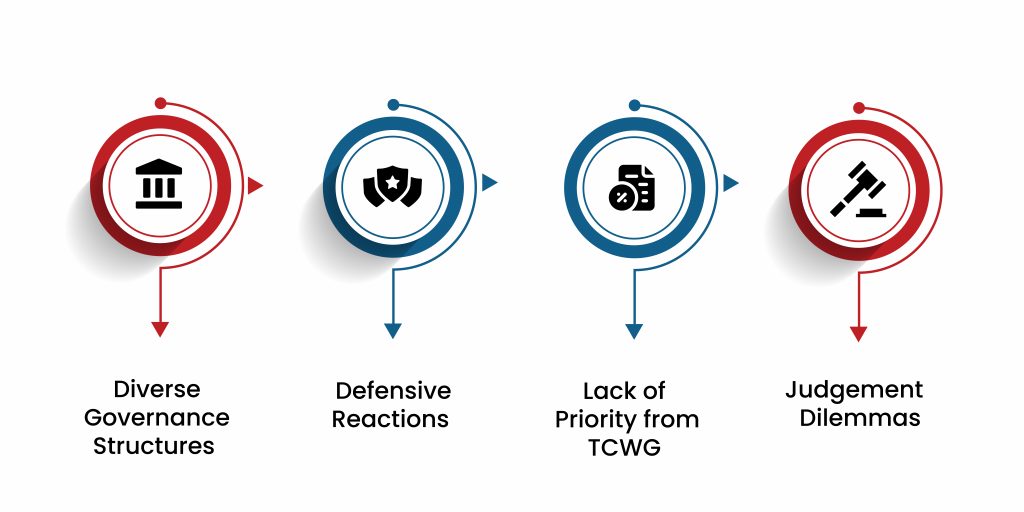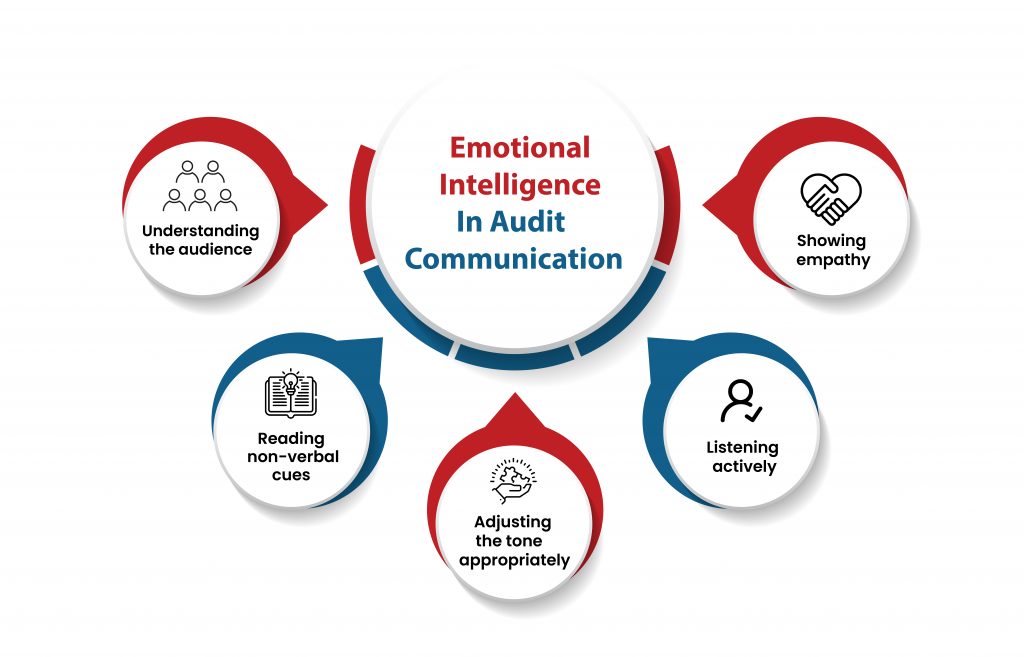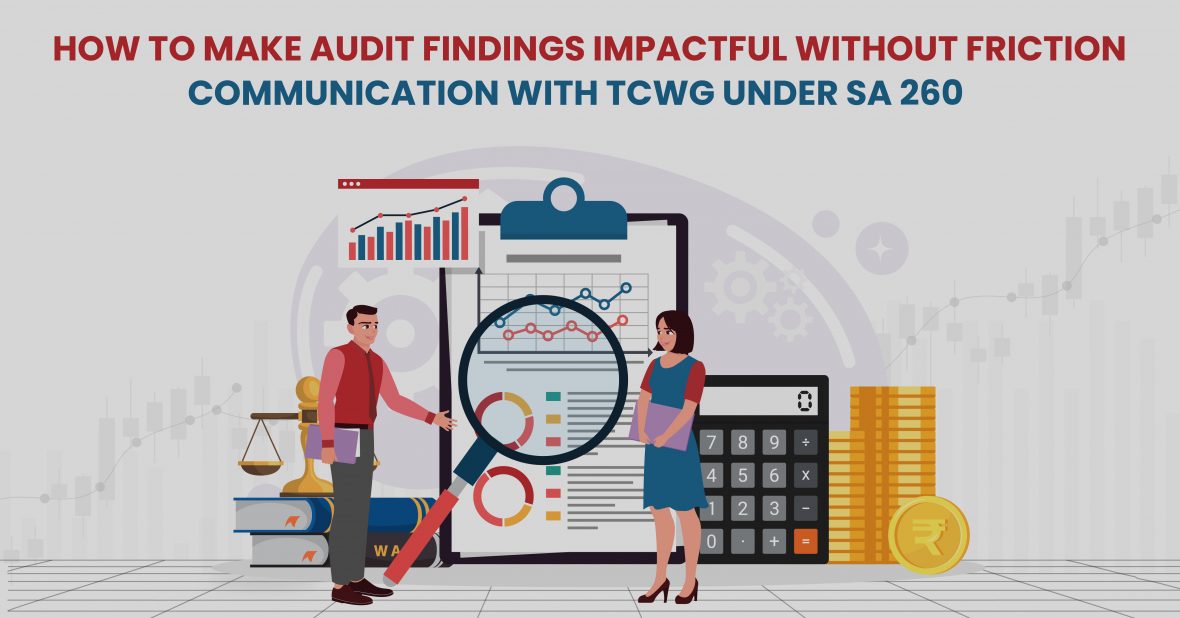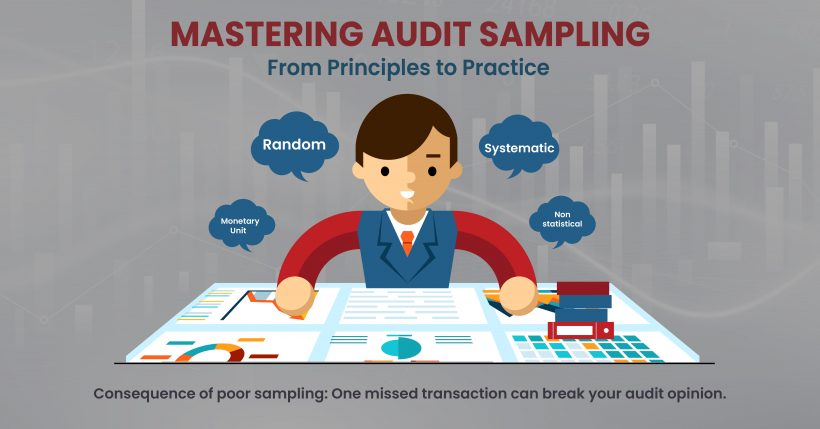I. Introduction
Effective communication is the backbone of a successful audit process, and when it comes to engaging with Those Charged With Governance (TCWG), communicating with clarity, timing, and the appropriate tone can make all the difference.
Standard on Auditing (SA) 260, issued by the Institute of Chartered Accountants of India (ICAI), lays down the framework for auditors to communicate their responsibilities, audit scope, and significant findings to TCWG, obtain relevant information, and promote effective two-way communication to support governance oversight. Besides ensuring compliance with auditing standards, proper communication can help build trust, strengthen governance processes, and foster a strong auditor-client relationship.
In continuation of our previous article on SA 260, this article moves beyond to explore the practical challenges of communication and how audit matters can be clearly conveyed and appropriately acted upon.
II. Common Pitfalls in Communicating Audit Findings
It is quite often that despite having a solid understanding of requirements under SA 260, auditors come across quite a few hurdles when it comes to real-world communication with the TCWG. Some of the most common challenges faced by the auditors are

A. Diverse Governance Structures
Auditors often deal with a wide spectrum of governance structures and TCWG, ranging from seasoned finance professionals to entrepreneurs or board members with limited accounting knowledge. In such situations, tailoring both the language and mode of communication to match the specific level of understanding becomes a critical challenge for auditors.
B. Defensive Reactions
Audit findings, no matter how factual, can sometimes trigger defensive reactions among TCWG. Such reactions are common when the observations relate to critical aspects of the methods or strategies they have adopted. It is natural to perceive feedback as personal criticism, even when the purpose is to identify areas for improvement rather than highlight failures.
C. Lack of Priority from TCWG
Audit matters may not always rank high on the agenda of TCWG. With responsibilities spanning various strategic decisions and crisis management, even significant audit findings or requirements might not receive the priority they deserve.
D. Judgement Dilemmas
Deciding what to communicate, when, and how during an audit requires a high level of professional judgment. This includes determining how to take a stand, providing constructive feedback, or handling sensitive information appropriately. Making the wrong call can lead to misinterpretations, conflicts, or unintended consequences.
III. How to Communicate Audit Findings Clearly & Effectively
As can be inferred from the above section, communicating audit findings in a way that is clear and persuasive, so that TCWG considers and acts upon them, is crucial. Let us now explore the key aspects auditors should keep in mind to make their communication impactful and avert frictions with TCWG.
A. Clear and Solution-Oriented Communication
B. Timely & Proactive Communication
Waiting until the end of the audit to bring up key issues can lead to missed opportunities and reduce the effectiveness of the audit. Early and ongoing communication during the audit helps manage expectations, allows TCWG to provide input where necessary, and avoids surprises. Proactive discussions also build confidence in the audit process and support better decision-making.
C. Proactive Follow-ups & Action Plans
Revisiting unresolved issues and outlining a clear plan of action enhances credibility of the communication. It also shows that auditors are interested and invested in the success of TCWG.
D. Governance-Focused Mindset
Auditors should keep the bigger picture in mind when communicating audit findings. The goal is not just to complete audit formalities, but to strengthen oversight and the organisation’s accountability. Communication should be framed in a way that enhances the organisation’s governance framework.
E. Proper Documentation
All interactions with TCWG, whether sharing observations, providing suggestions, or discussing concerns, should be documented clearly and accurately. Proper documentation ensures compliance with SA 260 and provides a reliable record of the communications and decisions made during the audit process.
IV. Role of Emotional Intelligence in Audit Communication
Even the most factual audit observations can evoke strong reactions, making Emotional Intelligence (EI) vital in these situations. Auditors should focus on understanding the audience, reading non-verbal cues, adjusting the tone appropriately, listening actively, and showing empathy by acknowledging the perspectives and concerns of TCWG, without compromising professional judgment. Demonstrating empathy helps reduce defensiveness, build trust, and make observations more readily accepted. Managing emotional responses and maintaining composure ensures discussions remain constructive. Ultimately, effective communication is not just about what is said, but how it is delivered, fostering acceptance, collaboration, and informed decision-making by TCWG.

V. Conclusion: Communicate to Impact
In auditing, effective communication is as critical as technical accuracy. When communications with TCWG are done thoughtfully, respectfully, and at the right time, it can elevate the audit process from merely a statutory task to a strategic governance tool. Auditors should engage TCWG as collaborators in the audit process, working together to enhance oversight and accountability. The most effective way to communicate is to present insights not as red flags, but as opportunities to support better decision-making and strengthen the organisation’s governance framework.
Contributors
CA N Srilatha Bhat – LinkedIn
Kuldeep Sarma – LinkedIn
Poonam Vernekar – LinkedIn






